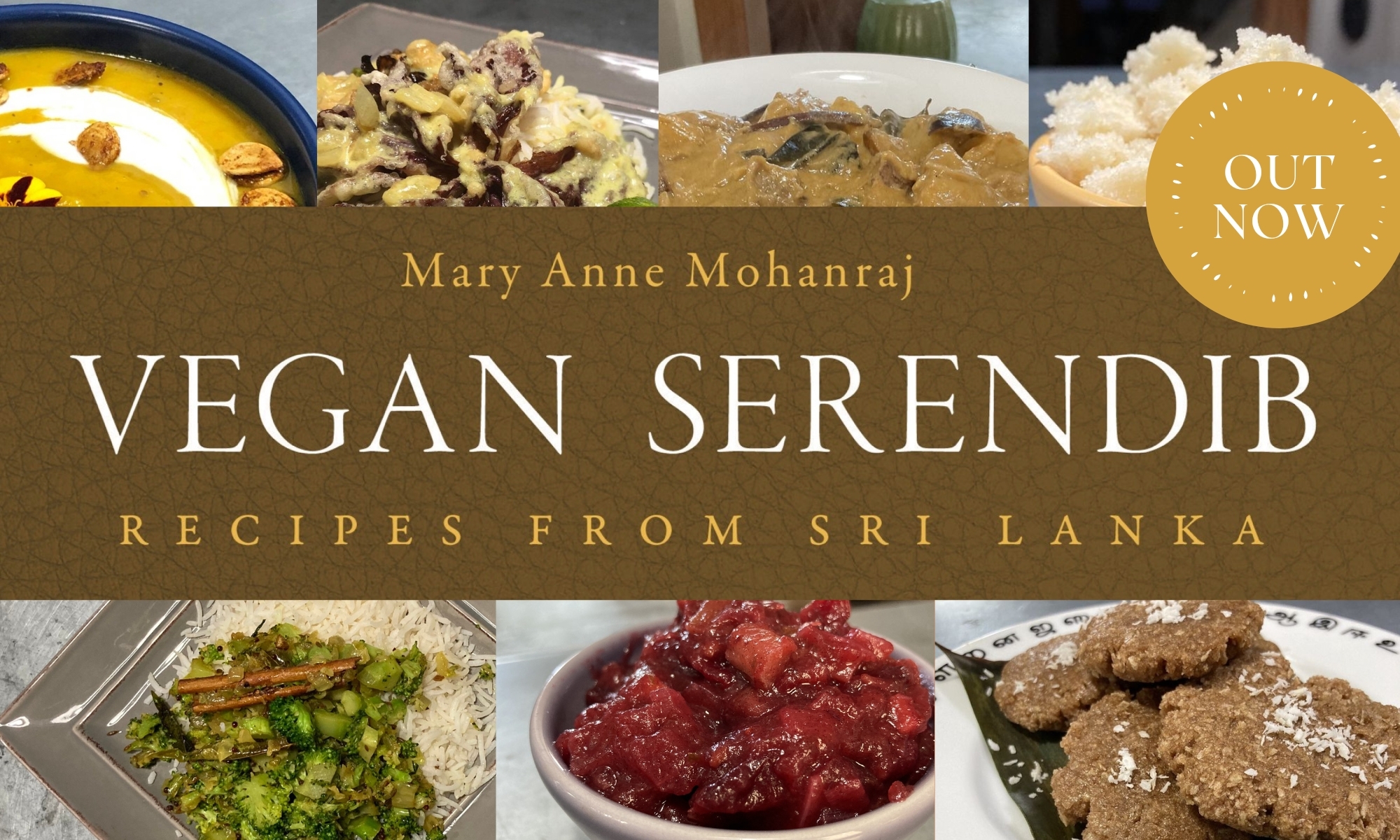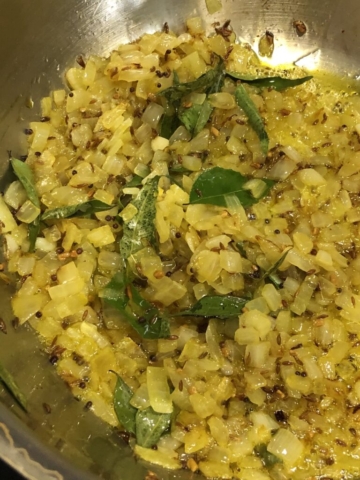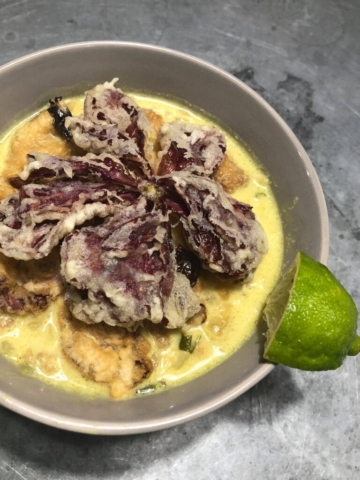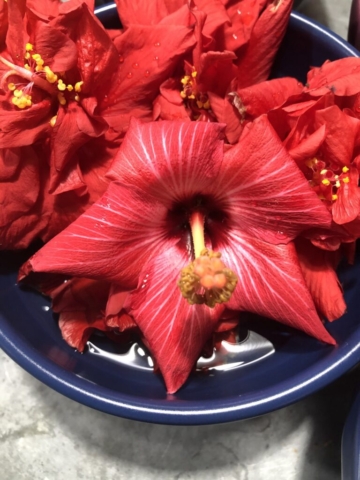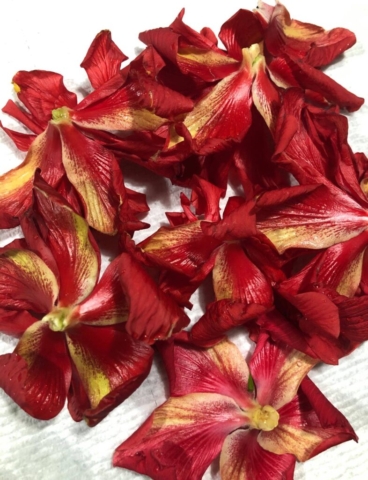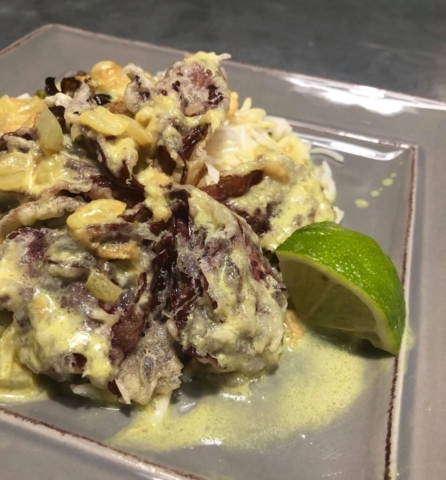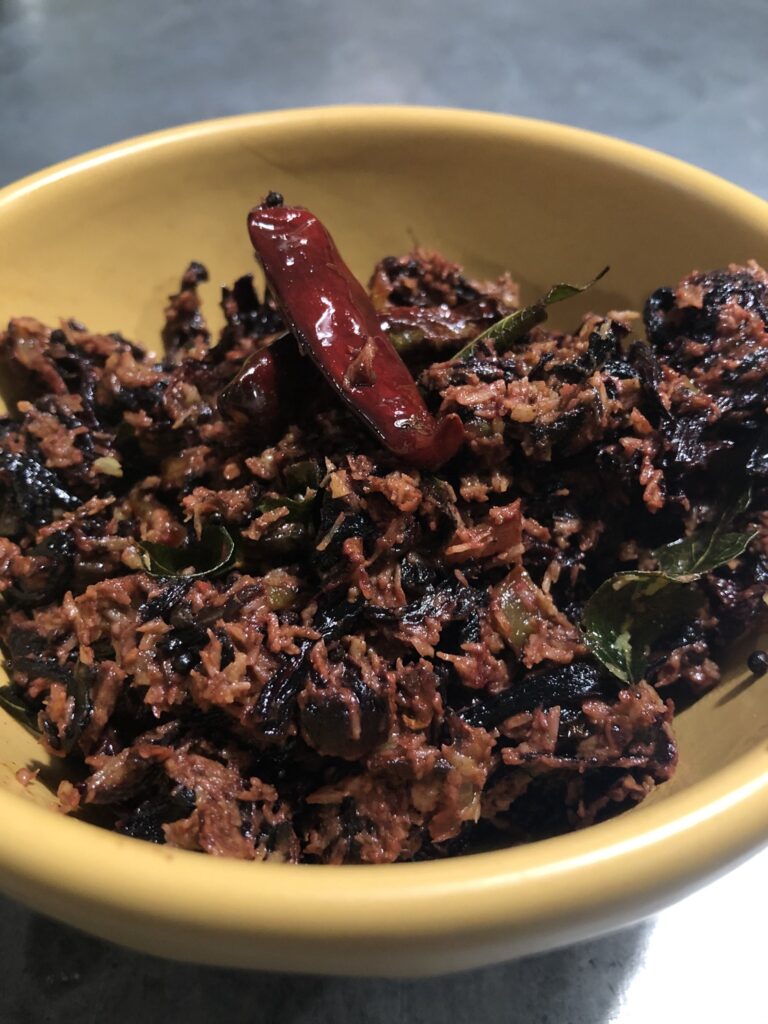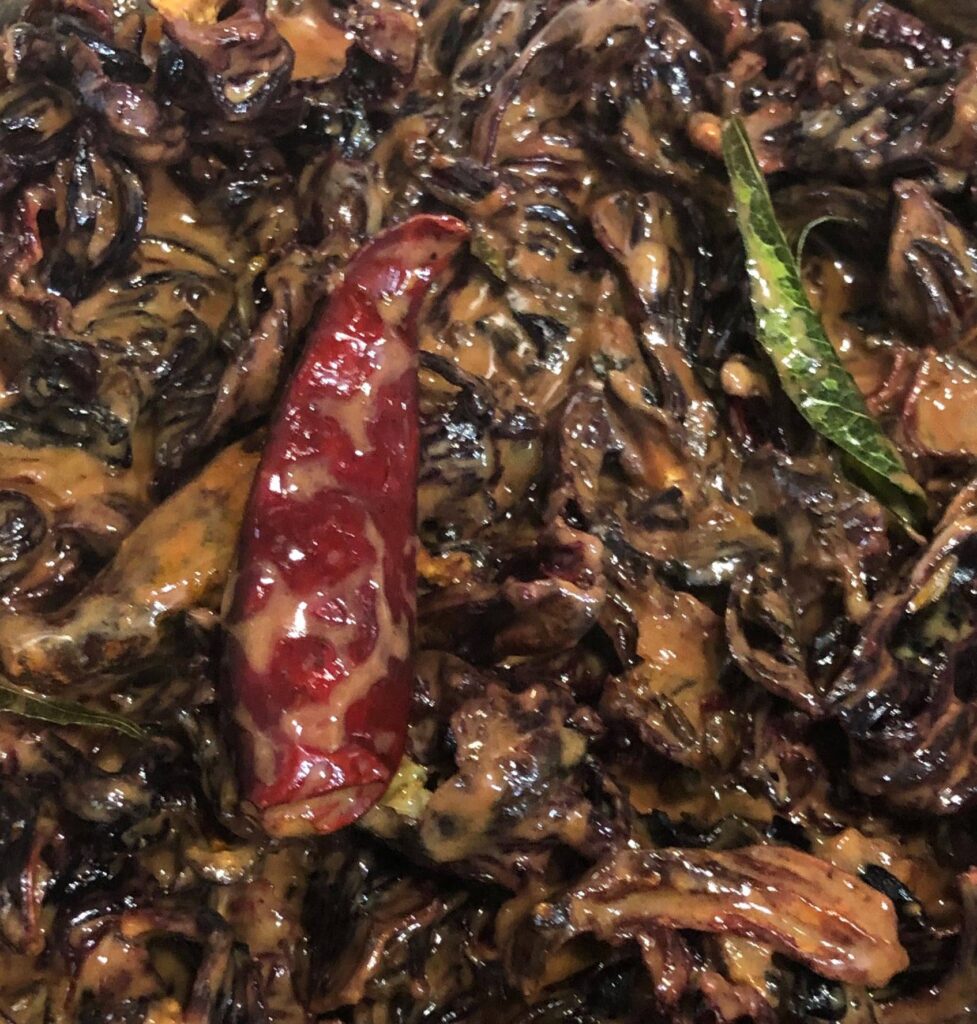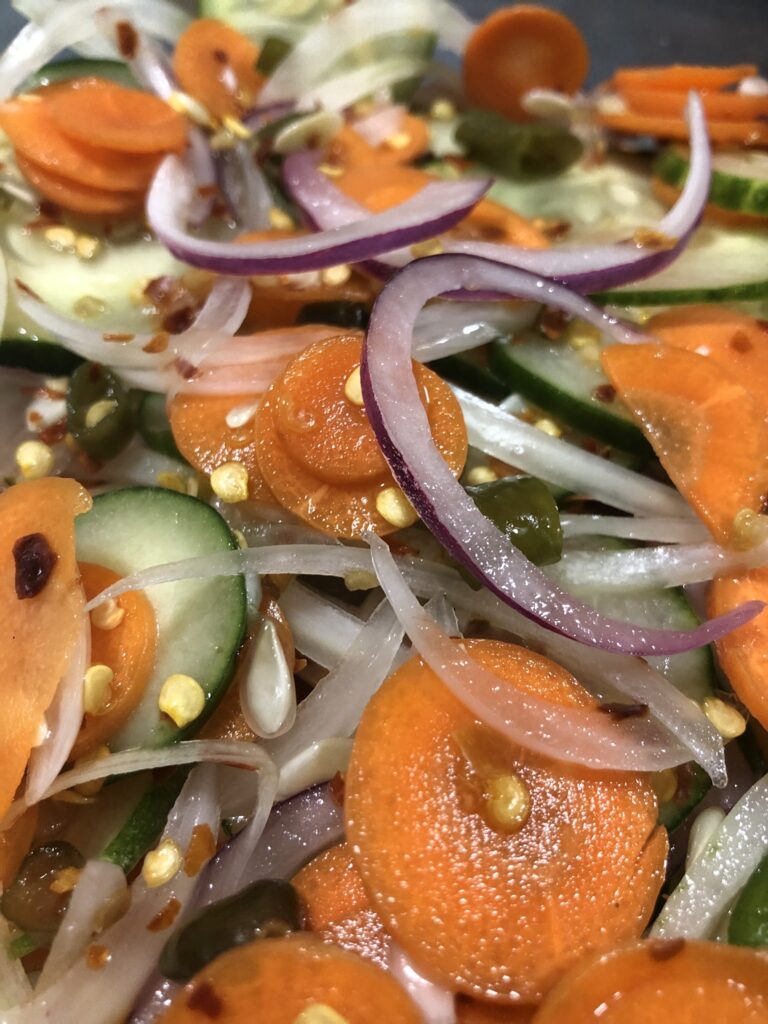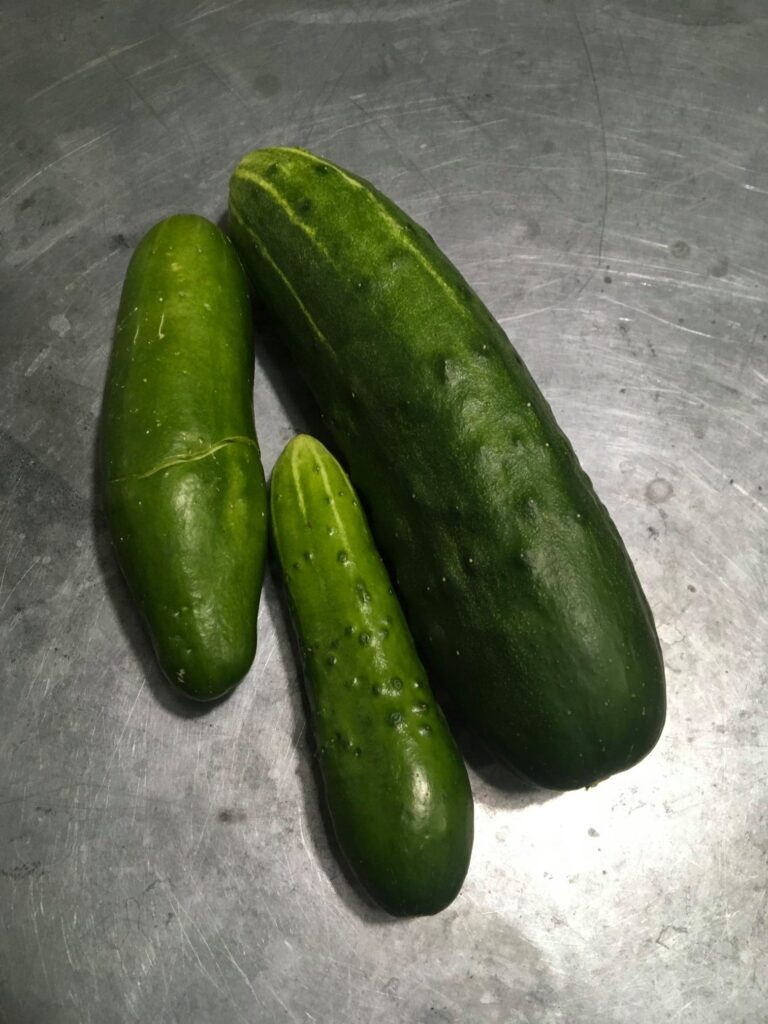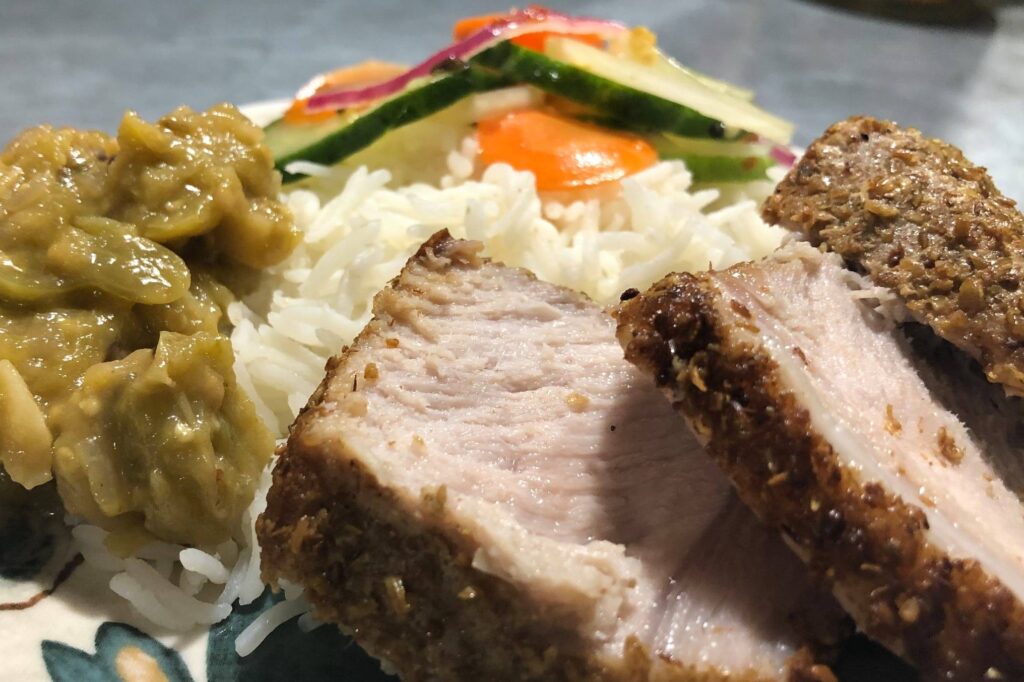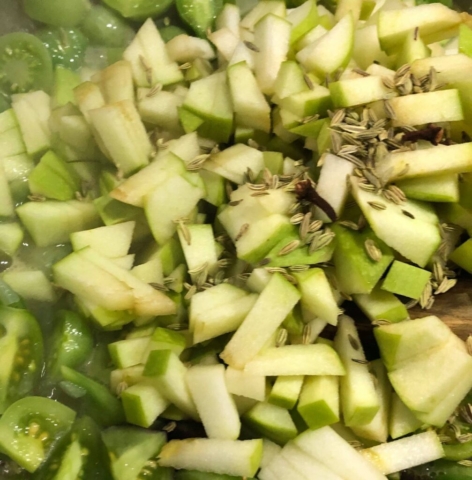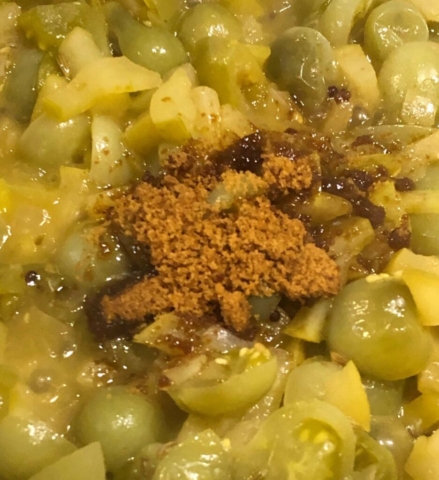I woke up thinking about how goofy it was to be pushing so hard to get out Vegan Serendib for Christmas. I mean, yes, we COULD do it, and Christmas sales are significant. But it would be very hard, and not done well in terms of promotion.
I ended up sending this message to the Serendib Press team on Slack, copying it here in case anyone is interested in how a teeny tiny press figures out a little bit more about how we ought to be doing things.
We’ll make it to professional eventually. Someday, I’d love to publish other peoples’ books too, but I figure we should make all the mistakes on my books first. 
*****
Hey, team. So I’ve been thinking about the timeline for Vegan Serendib and I think it’s putting too much time pressure on all of us to get that done, especially me and Stephanie, and there’s really no reason we have to have it for Christmas. We might get a few extra Christmas sales, but it’s not worth doing it badly or killing ourselves.
So I had another thought — since this is the second edition, one thing we could do is set a launch date for say, May 1, 2021, which gives us a proper six-month timeline for promotion. You can start working now on the press releases for that, and start sending them in the next few weeks, giving us a chance at some magazine coverage. We won’t have physical copies to send out right away, but should have them by end of the year, I think.
And then another thing we can do is start taking pre-orders AND say that anyone who pre-orders we’ll immediately send them a digital copy of the first sampler edition of Vegan Serendib (bonus), so they can start cooking right away. Then they’ll get the full volume next May. I think overall, that makes a lot more sense. What do you think?
If we do this, then I think the next step is to ask Stephanie to go back through what we did for Feast, and make a calendar for what we’re aiming to have done each month in the next six months. Some of the things:
OCT/NOV:
finalize 40 new recipes (MA)
retake photos as needed (MA)
revise intro materials (MA)
talk to Ingram Spark and figure out what they need and when (Stephanie)
draft new press release for Vegan (Stephanie?)
draft back cover copy for Vegan (Stephanie?)
ask Jeremy John Parker to do final cover design (and pay him) (Stephanie)
figure out who we want to send copies to for review (Stephanie)
put up pre-order page for Vegan (Stephanie?)
plan some kind of holiday promotion for both books (Stephanie)
DEC:
redo interior design (Stephanie)
re-index (can we do this in house? Anyone here interested in learning how to index?)
copyedit and proofread (Darius or Emmanuel or both? check with Jed re: errors from Feast we want to correct here too)
EVERY MONTH:
keep making cooking videos — maybe one every two weeks (MA and Darius)
start writing food essays and sending them out (MA, who needs deadlines for this clearly, so maybe one every two weeks)
JAN/FEB/MAR/APR/MAY (promotion):
set up virtual cooking classes?
book more virtual events?
depending on COVID, maybe an outdoor in-person event in May for launch day?
And heck, while we’re calendaring, we can look ahead to the NEXT book, which should be Gluten-Free Serendib. Let’s say we aim for December 1, 2021 launch of that.
JAN/FEB/MAR:
develop recipes for GF (MA)
APR/MAY:
design / index / copyedit / proofread book (Stephanie and team)
draft press releases for GF, update press database, send out first wave
etc…

